Understanding ecosystems Worksheets for Kids
11 filtered results
-
From - To
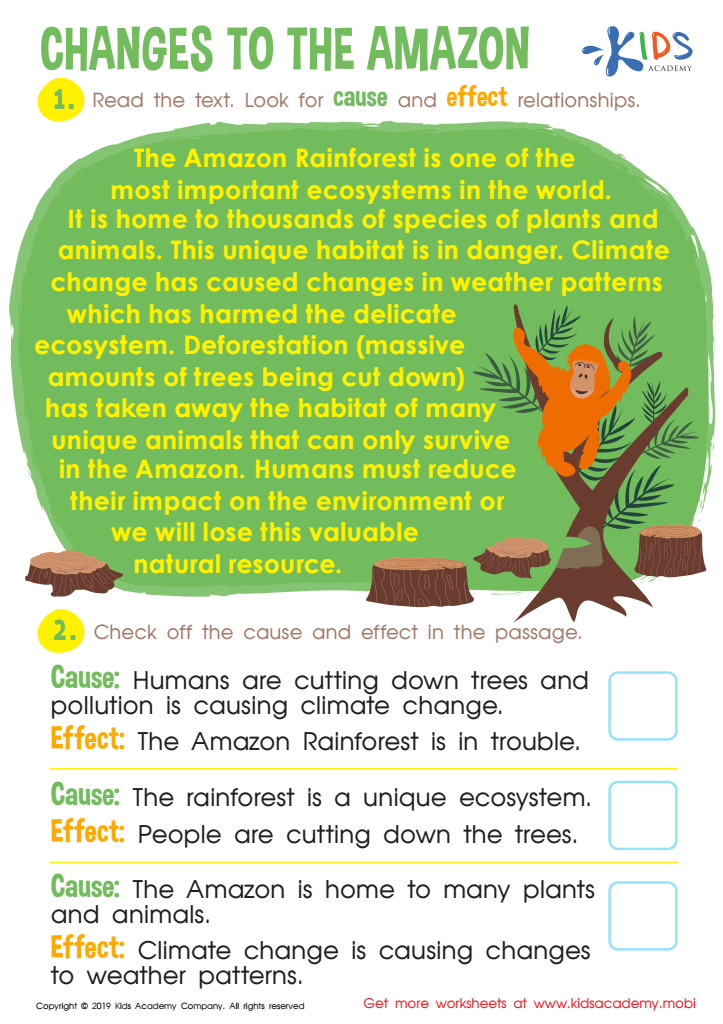

Changes to the Amazon Worksheet
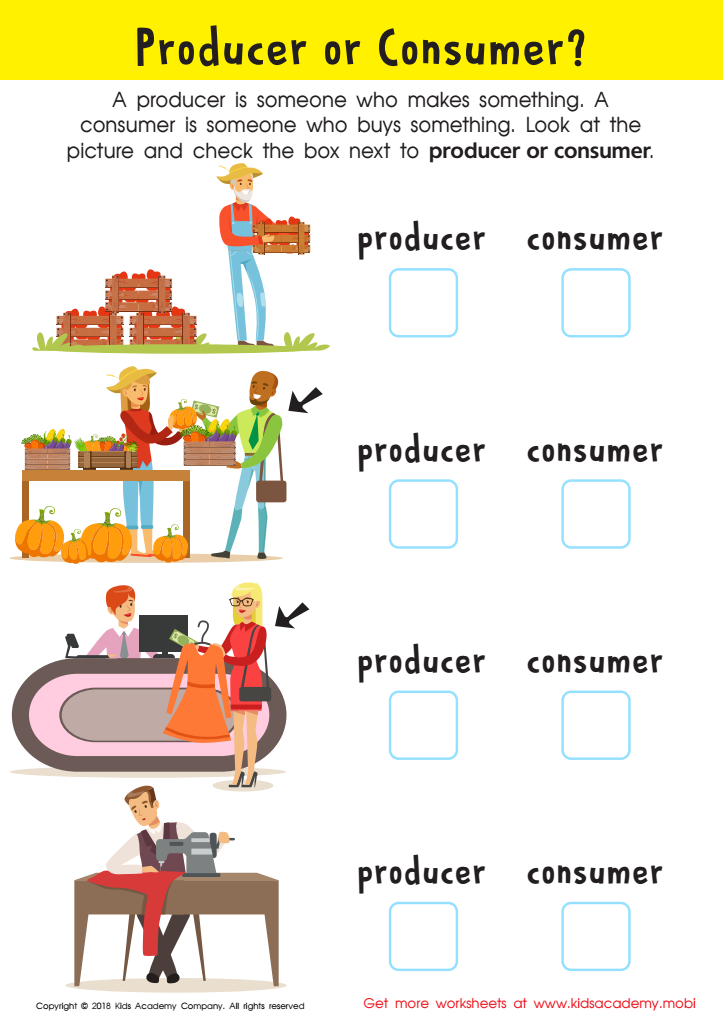

Producer or Consumer? Worksheet
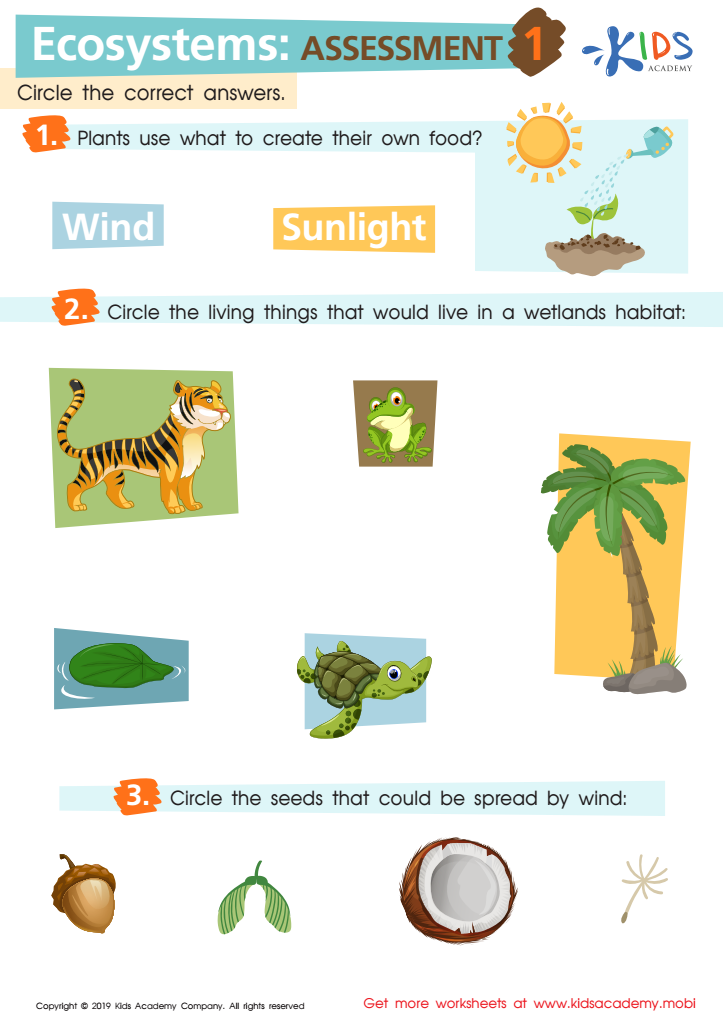

Ecosystems: Assessment 1 Worksheet
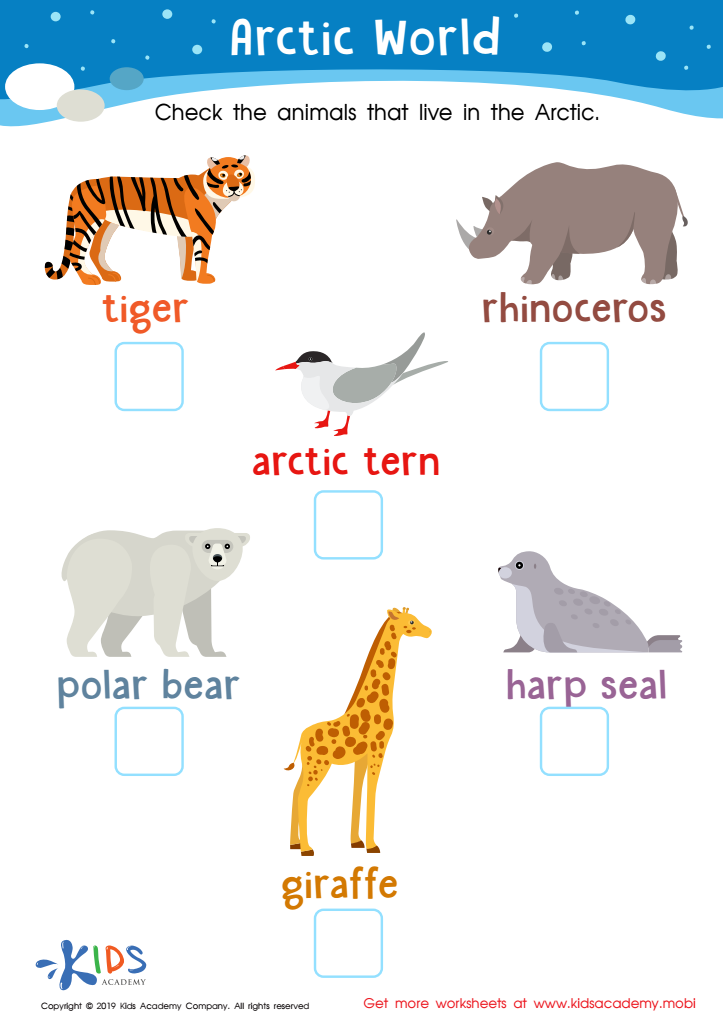

Arctic World Worksheet
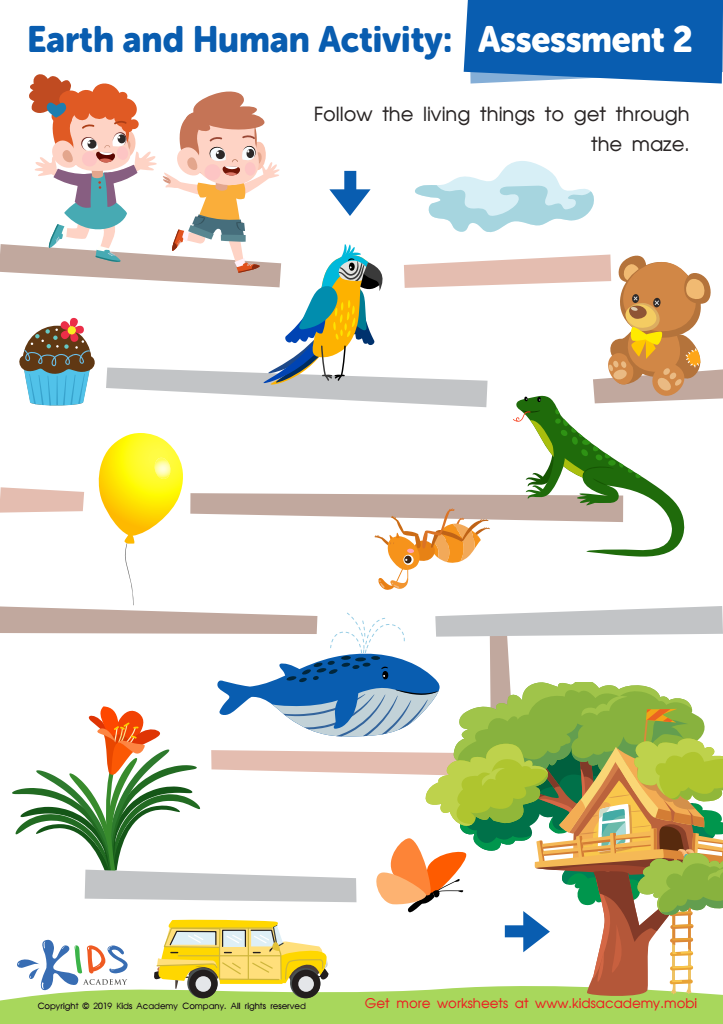

Earth and Human Activity: Assessment 2 Worksheet
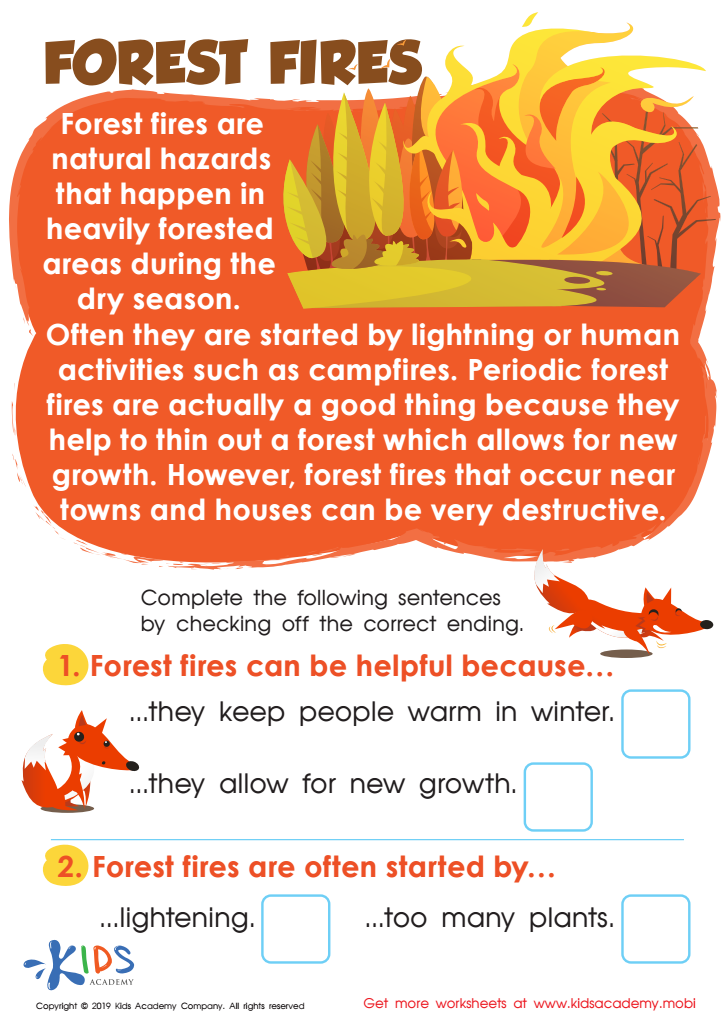

Forest Fires Worksheet
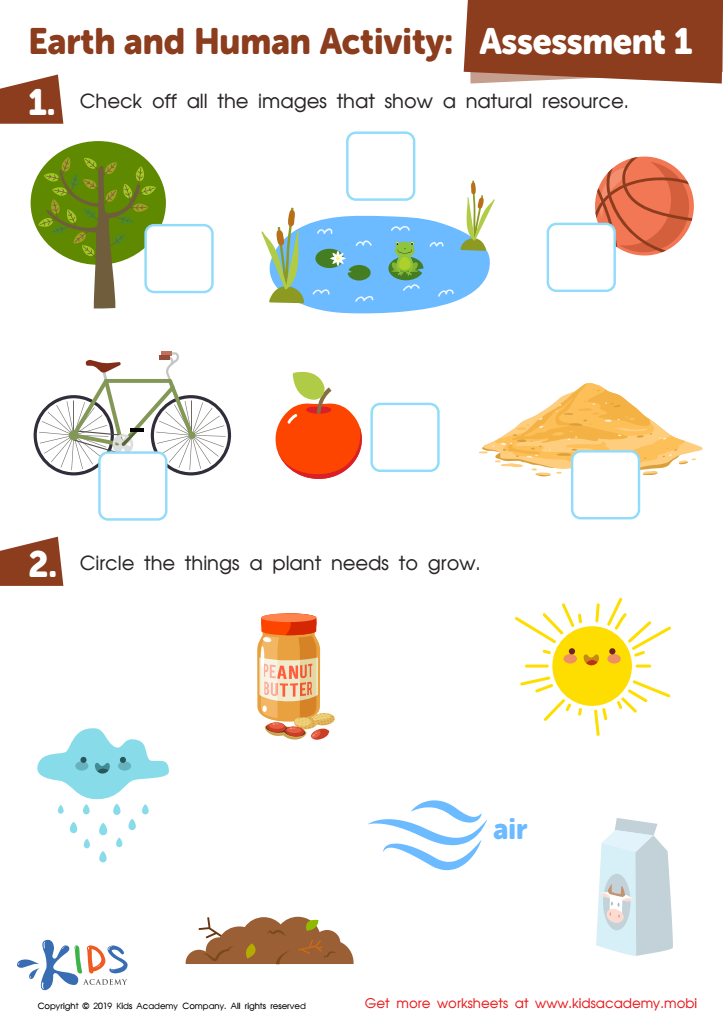

Earth and Human Activity: Assessment 1 Worksheet
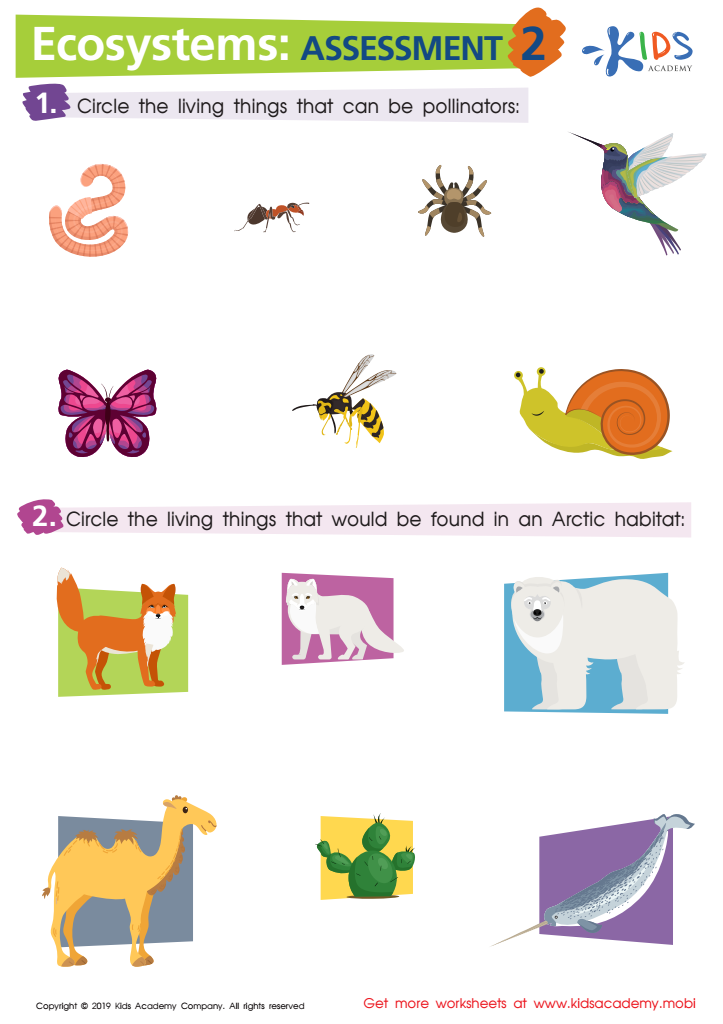

Ecosystems: Assessment 2 Worksheet
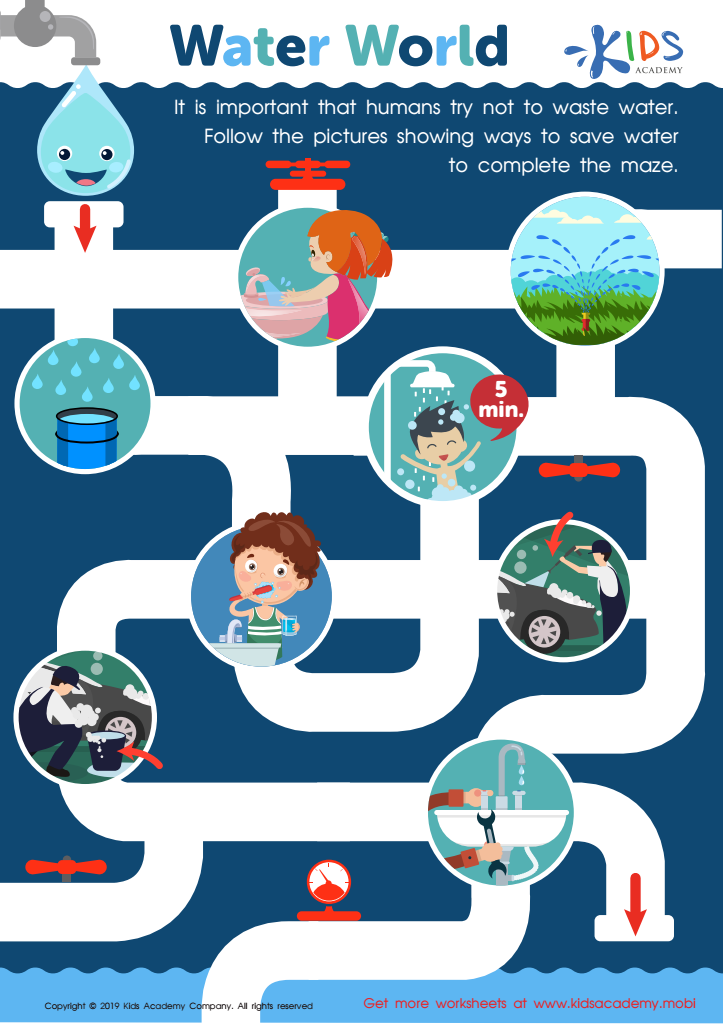

Water World Worksheet
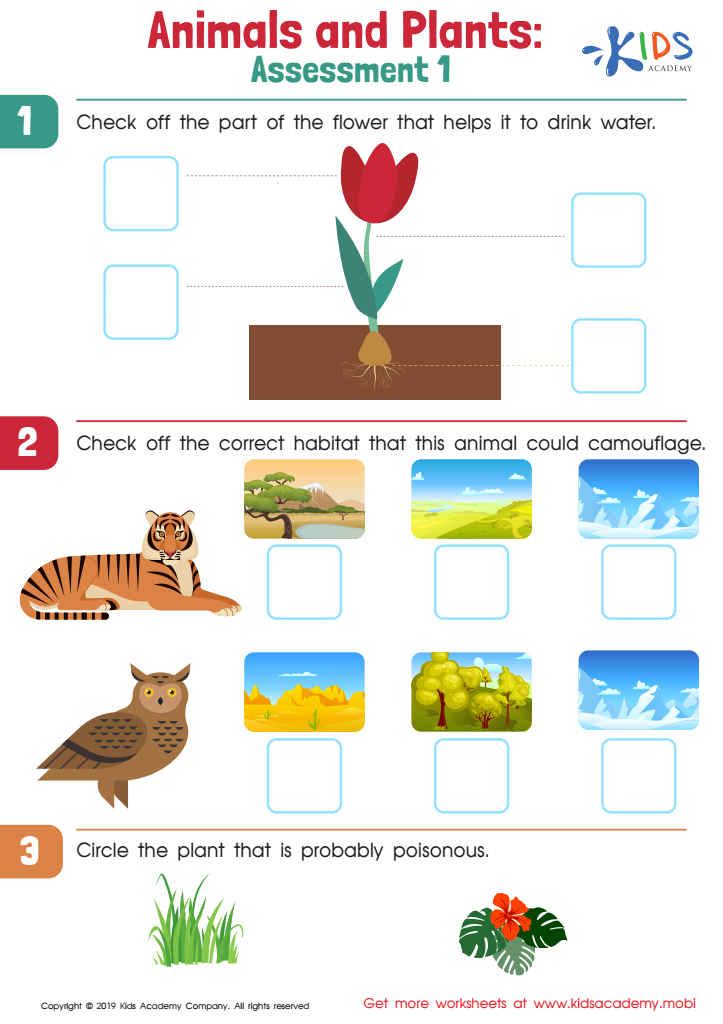

Animals and Plants: Assessment 1 Worksheet
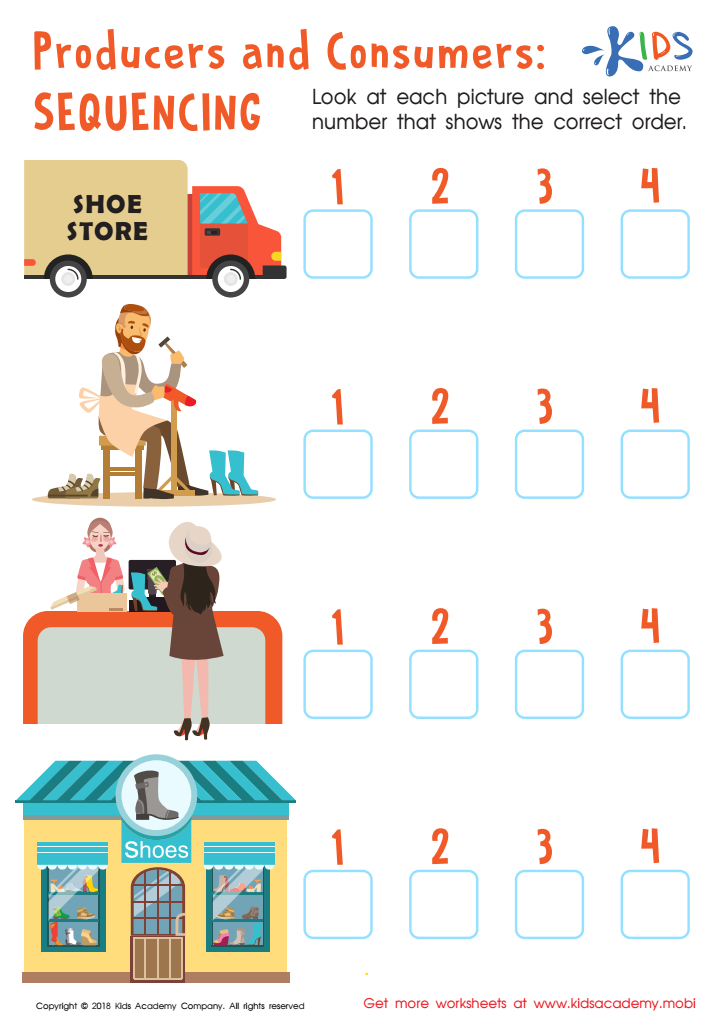

Producers and Consumers: Sequencing Worksheet
Question/Answer
What are some effective activities to train students’ Understanding ecosystems skill when teaching them about Our Planet and Environment?
Effective activities to train students in understanding ecosystems include interactive habitat simulations, field trips to local natural areas for hands-on observations, creating food web diagrams, engaging in ecosystem restoration projects, and utilizing digital platforms for global ecosystem exploration. These activities foster active learning, connect theoretical knowledge with real-world applications, and encourage critical thinking about environmental interconnections and conservation.
How to train the Understanding ecosystems skill in Grade 3 students learning about Our Planet and Environment?
To train the Understanding Ecosystems skill in Grade 3 students, integrate hands-on activities like building terrariums or simple ecosystem models. Use interactive games to explore food chains and the roles of organisms. Engage them in outdoor explorations, like nature walks to observe and discuss local ecosystems. Incorporate storytelling that incorporates ecosystem dynamics to make the concept relatable and memorable.
How does the mastery of the Understanding ecosystems skill affect a student's performance at an early age?
Mastery of the Understanding ecosystems skill at an early age significantly boosts a student's performance by enhancing their scientific literacy, critical thinking, and problem-solving skills. It fosters a deeper appreciation of environmental conservation, encourages curiosity about natural systems, and lays a solid foundation for advanced scientific learning.

 Assign to the classroom
Assign to the classroom



.jpg)








